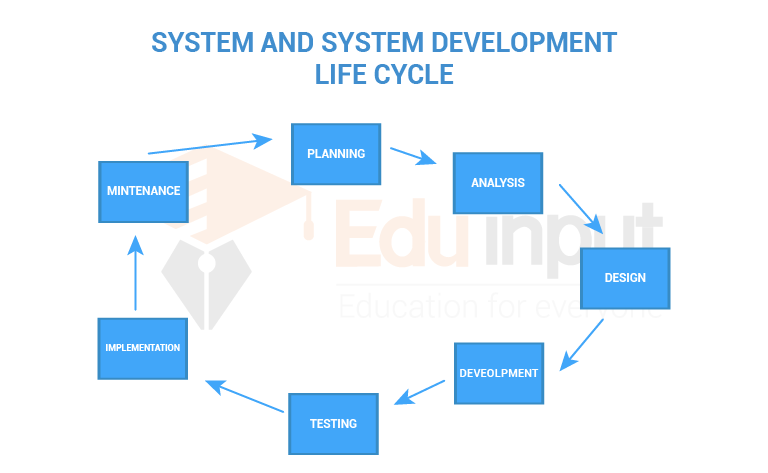Relationship Between Computer Science and Art
Computer science plays an important role in the art department. Computer science and art are closely related to each other. Computer science provides tools, techniques, and frameworks that expand the possibilities of artistic expression.
At the same time, artists contribute creativity and a fresh perspective to the world of technology, fostering innovation and pushing the boundaries of what’s possible.
Digital Art and Media
Computer science has enabled the creation of digital art forms that were previously impossible. Artists now use algorithms and programming to generate visuals, interactive installations, and multimedia experiences.
Digital tools and software have become integral to modern artistic expression.
Generative Art
Generative art involves using algorithms and computational processes to create artworks. These algorithms might be designed to produce art that evolves over time, responds to user input, or generates unique patterns. This highlights the fusion of creative thinking and technical expertise.
Data Visualization
Turning complex data into visual representations often requires both artistic skills and computational techniques. Computer science helps artists design interactive visualizations that convey information in aesthetically pleasing and understandable ways.
Virtual Reality (VR) and Augmented Reality (AR)
These technologies blend computer-generated elements with the real world. Artists are using them to create immersive experiences that challenge traditional boundaries between art and technology.
Animation and Graphics
Computer science is foundational to computer graphics and animation, which are integral to both entertainment and artistic endeavors. Artists can manipulate digital tools to create stunning visual effects, lifelike characters, and imaginative worlds.
Art Conservation and Restoration
Computer science plays a role in restoring and preserving artworks through digital imaging, analysis, and reconstruction. These techniques aid in understanding the history of artworks and guide restoration efforts.
Interactive Installations
Many contemporary artworks involve viewer interaction. Computer science enables artists to create installations that respond to audience actions, fostering engagement and a deeper connection between the art and the viewer.
Algorithmic Music and Sound Art
Musicians and sound artists utilize algorithms to compose music, generate soundscapes, and experiment with novel audio experiences.
Creative Coding
The concept of creative coding merges programming and art. Artists write code to generate visual or auditory art, blurring the line between programming and artistic expression.
Education and Outreach
The fields of computer science and art can complement each other in educational contexts. STEAM (Science, Technology, Engineering, Art, and Mathematics) initiatives aim to integrate arts into STEM subjects, recognizing the value of creativity in technology-driven fields.

 written by
written by 





Leave a Reply